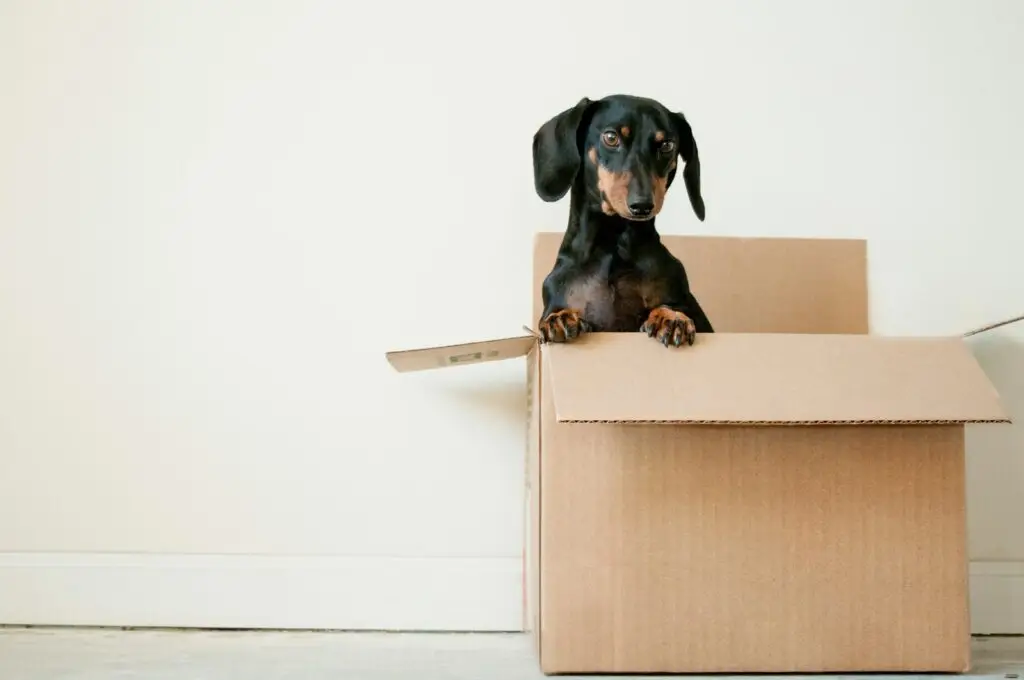Moving into a new home should feel exciting — not overwhelming. Whether you’re relocating across town or heading to a new city, a little organization goes a long way.
At Action Moving and Storage, we’ve been helping Albertans move since 1988, and we’ve learned exactly what makes the process easier. This complete moving checklist includes everything you’ll need to stay organized, protect your belongings, and get settled quickly.
1. Start Early and Plan Ahead
Getting a head start is one of the best ways to make moving day stress-free. By planning early, you’ll have time to stay organized, make clear decisions, and avoid last-minute surprises.
Here’s how to get started:
- Set your moving date and book your movers early — especially around month-end or holidays.
- Create a moving folder to keep quotes, receipts, and checklists together.
- Assess manpower — decide how many helpers or movers you’ll need.
- Spread out the work by packing a few boxes each day.
- Avoid peak times like long weekends or the first/last day of the month.
- Declutter: hold a garage sale or donate items you no longer need.
- Dispose of hazardous materials (paint, gasoline, propane, etc.) safely at a recycling facility.
2. Gather Your Moving Supplies
The right supplies can make packing faster, safer, and more organized. Stock up on these items before you begin to make sure you don’t lose momentum once packing starts.
You’ll need:
- Marking pens
- Bubble wrap
- Newspapers and tissue paper
- Packing tape and scissors
- Tape measure
- Drop cloths or blankets
- Mattress and furniture covers
- Sturdy boxes and containers
Pro Tip: Use towels, sheets, and blankets as padding to save space and money.
3. Pack Like a Pro
Packing is one of the biggest parts of any move, and doing it right can prevent damage and make unpacking much smoother. A little extra care here goes a long way when you start setting up your new home.
Follow these expert tips:
- Use strong containers that can be secured tightly.
- Pack audio-video equipment in its original packaging.
- Label cables and tighten transit screws; tape any removed screws directly to the item.
- Avoid loading more than 50 pounds into a single container.
- Label each box clearly with:
- The room it belongs in
- A “fragile” warning, if applicable
- Cushion contents with bubble wrap, newspaper, or tissue paper.
- Use towels, sheets, or blankets to pad items and save space.
- Pack books tightly on their ends.
- Have rugs and draperies cleaned before moving; keep them in their wrappings.
- Pack medicines in leak-proof containers.
- Carry all valuables with you personally.
4. Organize and Simplify Your Move
Once your boxes are packed, it’s all about staying organized. Keeping detailed records and setting aside essential items will make moving day — and your first few nights in the new home — much easier.
Stay organized with these steps:
- Create an inventory list of all packed items and their box numbers.
- Pack an essentials box with toiletries, clothing, kitchen basics, and important documents.
- Use clear plastic bins for items you’ll need immediately upon arrival.
- Take photos before disassembling furniture or electronics to help with reassembly later.
- Notify important parties — utility companies, banks, employers, insurance providers, and mail services — of your upcoming address change.
Pro Tip: Confirm your moving date and time with Action Moving and Storage a few days before your move.
5. The Day Before and Moving Day
The last 24 hours before your move can feel hectic, but with some preparation, you’ll stay in control. Here’s how to make sure nothing gets missed.
The day before your move:
- Defrost your freezer and fridge overnight.
- Double-check closets, drawers, and storage spaces.
- Set aside items marked “DO NOT LOAD” (plants, valuables, essentials).
- Keep hallways clear for movers.
- Prepare snacks and water for moving day.
On moving day:
- Wake up early and eat a good breakfast.
- Walk through your home and ensure all fragile items are clearly labeled.
- Once your movers arrive, point out any high-value or delicate items.
- Do a final walkthrough before leaving to make sure nothing’s left behind.
Pro Tip: Take photos of your old home once it’s empty and cleaned — it’s helpful for landlords or deposit returns.
6. After You Move
Unpacking might seem endless, but starting with the essentials will help you feel at home faster.
After moving in:
- Unpack the essentials first — kitchen, bathroom, bedding.
- Check utilities and internet connections.
- Confirm all boxes have arrived.
- Update your driver’s license and vehicle registration if applicable.
- Relax and celebrate your new home!
Bonus: How to Move House Plants

Your plants need a little extra attention when it’s time to move. These steps, written by our experienced movers, will help keep them healthy and pest-free during transport.
Place your plants in a black plastic bag, along with a bug/pest strip. Close the bag and keep in a cool area overnight to kill any pests on the plant or in the soil. The day before your move, place the plants in a cardboard container. Hold them with dampened newspaper or packing paper. Use paper to cushion the leaves and use a final layer of wet paper on top to keep them moist. If you must leave your plants behind, then take cuttings. Put them in a plastic bag with wet paper towels around them.
On the day of your move, set the boxes aside and mark “DO NOT LOAD” so our house movers won’t place the items on the moving van. Close the boxes and punch air holes in the top before loading them into your car. When moving, park your car in a shaded area in the summer and in a sunny spot in the winter. Upon arrival, unpack the plants as soon as possible and sit them in a place that is not too sunny until you can place them.
Quick Checklist for Moving House Plants
- Place plants in a black plastic bag with a pest strip the night before to eliminate bugs.
- Store in a cool area overnight before moving day.
- Line a cardboard box with damp newspaper or packing paper to hold plants securely.
- Cushion leaves and stems with paper and add a final layer of damp paper on top.
- If you can’t bring plants, take cuttings and wrap them in wet paper towels inside a sealed bag.
- Label plant boxes “DO NOT LOAD” so movers don’t place them in the truck.
- Punch small air holes in the top of the box before putting it in your car.
- In summer, park in the shade; in winter, choose a sunny spot to prevent cold damage.
- Unpack plants immediately and place them in indirect sunlight to recover.
Bonus: How to Move With Pets

Pets feel the stress of moving too. Keeping them comfortable and secure during transport will help them adjust faster once you’re settled in your new home.
Cats and dogs can be taken in your car so remember to take along enough food and water and a leash for longer trips. Animals do get carsick and require frequent stops along the way. If necessary pets should be transported in pet containers. Where necessary carry your pet’s documentation and health certificates with you.
💡 Final Thoughts
Moving doesn’t have to be stressful — it just takes the right plan and the right team. By following this checklist, you’ll save time, stay organized, and keep your belongings protected from start to finish.
At Action Moving and Storage, we’re proud to help Albertans move safely and efficiently. Whether you’re moving across Edmonton or across the province, we’ll make sure everything goes according to plan.
Call (780) 474-2861 or request your free moving quote today to start planning your next move with confidence.